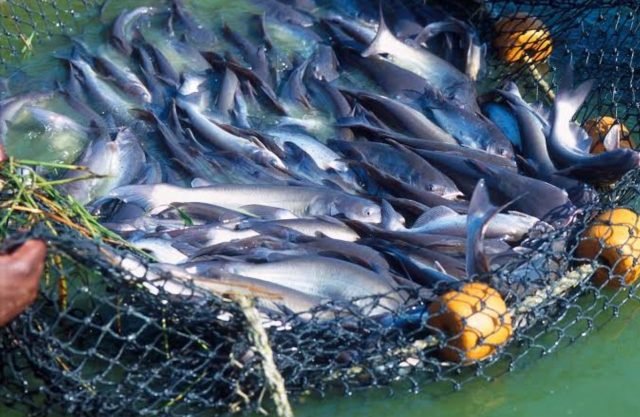High prices of fish feed coupled by lack of certified fingerlings have been identified as the major challenges facing the aquaculture sector in the region.
In Kenya, farmers are producing 30 metric tonnes (MT) of fish per year which is below the expected capacity if the issue of feed and seeds are addressed.
Speaking during the 2nd General Congress of the Aquaculture Network for Africa (ANAF) organized by AU-IBAR in Naivasha, Director of Fisheries Lucy Obungu, said the country’s annual production from aquaculture farming had risen attributing this to efforts by the State and county governments to support farmers through provision of certified seeds and markets.
“We are on the right track because a few years ago, the production was really low. I remember it was around 4000 metric tonnes. In the speech today, I reported that last year the production was 30,000 metric tonnes of fish, and going forward, we hope to increase this production. That is why we are promoting policies, regulations, and enhancing centers of excellence to revamp the aquaculture culture,” said Obungu.
However speaking at the sidelines of the meeting, Obungu decried the high cost of fish feeds noting that many of the small-scale farmers could not afford them.
East Africa Community (EAC) representative Dr David Balikowa said that aquaculture farming had changed the lives of many through provision of food and revenue.
“All water bodies are experiencing declining supplies or productivity because of overfishing. The population of Fisher folks has increased on the lakes and rivers, leading to overexploitation of the existing water resources. We need to promote fish farming so that we can increase the supply of fish available for consumption and even for export,” said Balikowa.
According to the Food and Agriculture Organization, fisheries and aquaculture play a crucial role in combating hunger and poverty, with approximately 600 million people worldwide depending on the subsection for their livelihoods.
Additionally, it provides 3.3 billion people with about 20 percent of their average per capita intake of animal protein.







